Week 5
Realism and Impressionism
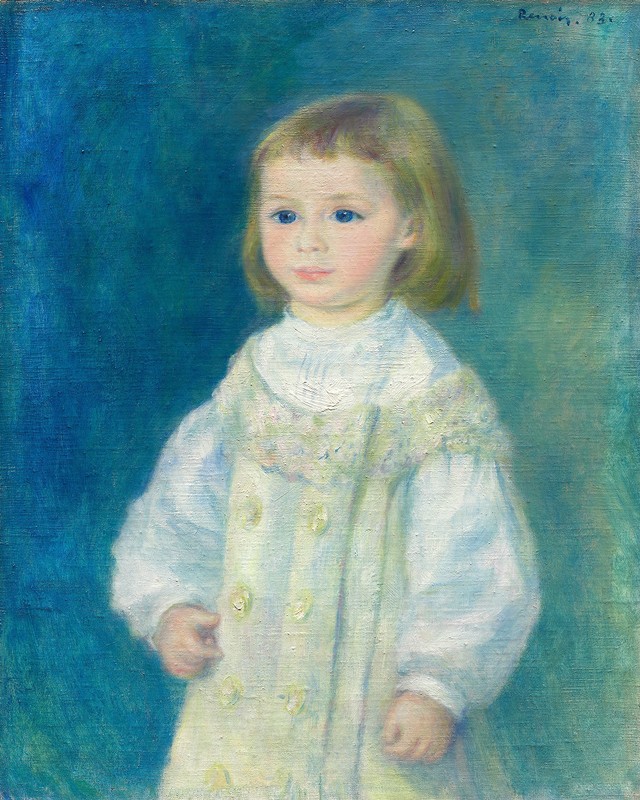
Since the 19th century was marked by revolutions, art tended to follow suit and resulted in an intense realistic style. Realism included aspects of social awareness, satire, and direct observation of nature. Unlike the drama of Romanticism, it was the quiet moments of dignity that were depicted. Social class separations were criticized and political leaders were caricatured. Lithography became the most widely used print medium because of its ability to be reproduced in large numbers, cheaply and quickly. Photography also came to the forefront as a new way to produce portraiture. Eventually, artists recognized its potential as an art form. Architecture made huge strides with the invention of iron and steel, allowing such structures as the Brooklyn Bridge, the Eiffel Tower, and the Wainwright Building to be built.
In a radical departure, Impressionism didn't respond to world events at all. In fact, Impressionist artists preferred everyday subjects viewed within their natural light. Critics despised their work for its frivolousness and sketchy, unfinished appearance. Artists like Monet, Degas, and Renoir were more concerned with composition that was influenced by photography, and the play of light and shadows. Portable oil paints sold in tubes had been invented and allowed artists to paint outside instead of sketching and painting inside a studio. Two female artists, Mary Cassatt and Berthe Morisot, worked steadily in the Impressionist style with much success.
Weekly Objectives
-
Examine works of art.
-
Investigate the meanings of the artworks encompassed by this period.
-
Distinguish one style from another and trace the stylistic development.
Activities
Readings
-
Adams: Art Across Time
-
Chapter 21: Nineteenth-Century Realism
-
Chapter 22: Nineteenth-Century Impressionism
-
Class Activities
Begin work on the Final Paper.
Before posting on the discussion, visit the following websites:
Activities
-
Discussion 5
-
Quiz 4
Video Lecture: Monet's Series
Select the play icon, or use the Enter key to watch the video.
A transcript of Monet Series video is available.
Review Sheet: Nineteenth Century Realism
Chapter 21
Be familiar with these artists, works, or concepts:
-
Realism
-
Millet’s The Gleaners
-
Bonheur’s Horse Fair
-
Courbet’s The Stone Breakers
-
Daumier and satire and his Third Class Carriage
-
Media: Lithography
-
Photography: Camera Obscura and Daguerreotypes
-
Mathew Brady
-
Eakins
-
Manet and his Le Dejeuner sur l’herbe
-
Brooklyn Bridge
-
Crystal Palace
-
Statue of Liberty
-
Eiffel Tower
-
Wainwright Building
Please note: This is not a comprehensive list of what will be covered on the quiz; it merely highlights the most significant works and concepts in the chapter.
Review Sheet: Nineteenth Century Impressionism
Chapter 22
Be familiar with these artists, works, or concepts:
-
Impressionism
-
Place de l’Etoile
-
Garnier’s Paris Opera House
-
Japanese Woodblock Prints
-
Hokusai’s Great Wave of Kanagawa
-
Manet and his A Bar at the Folies-Bergere
-
Renoir’s Moulin de la Galette
-
Muybridge’s Galloping Horse
-
Mary Cassatt
-
Morisot’s The Cradle
-
Monet and his Impression: Sunrise, Water Lily Pond, and Rouen Cathedral
-
Rodin and his The Thinker
-
Homer
-
Sargent
-
Whistler’s Arrangement in Black and Gray
Please note: This is not a comprehensive list of what will be covered on the quiz; it merely highlights the most significant works and concepts in the chapter.
Timeline for Realism and Impressionism
Let's take a quick recap of Realism and Impressionism.
Select each time period to learn more about the events.
1830 - 1845
1845 - 1860
1860 - 1865
1865 - 1875
1875 - 1900

You can also download a Word version of Timeline for Realism and Impressionism.
Optional Learning Resources
Select the bottom right corner of the album, and drag towards the left, like you would turn pages of a book.
Optional Learning Resources Week Five
Watch the Spotlight Video
on Manet’s Olympia.
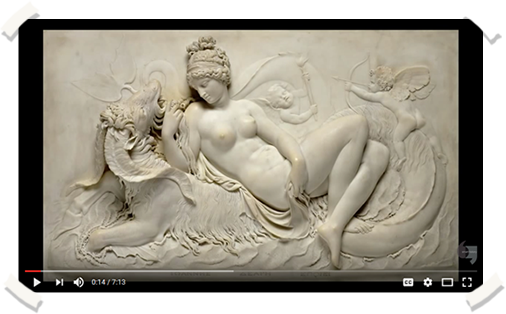
Select the link and view the Google map of Paris. Select each name on the left panel, view it on the map, and read about them.
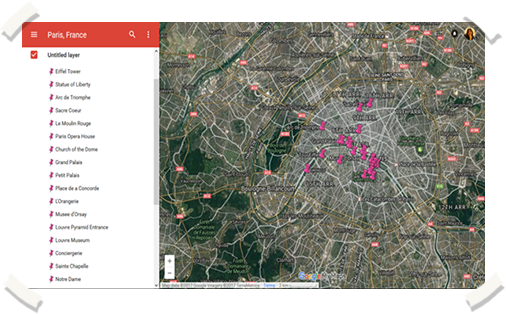
Watch the video: 500 Years of Female Portraits in Western Art.
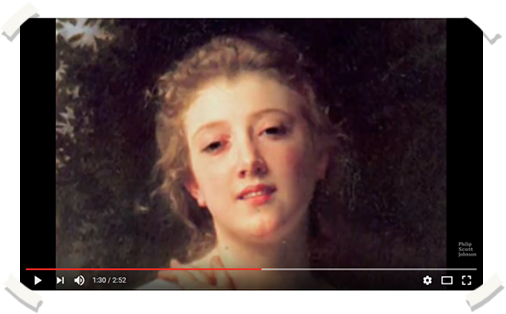
Select the link and complete the jigsaw puzzle of Monet's Waterlilies.
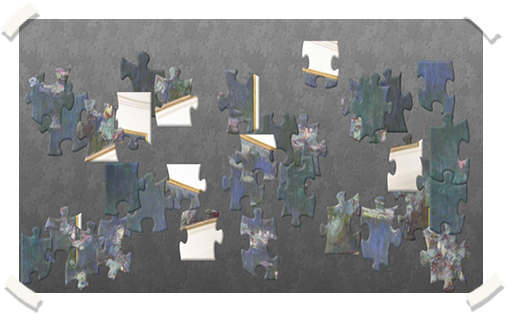
Watch the video: Impressionism Crash Course, a very basic introduction to impressionism.
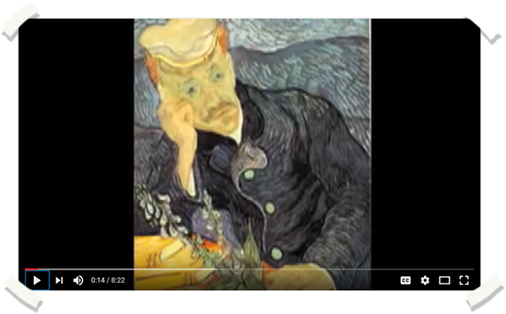
Artists' Corner
- Now that we've practiced drawing, this week you're going to doodle and see if a neural network can recognize what you’re drawing!
You can also download a Word version of Optional Learning Resources Week Five.